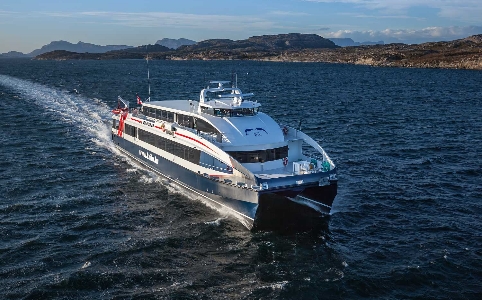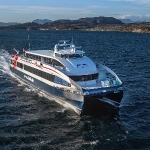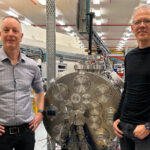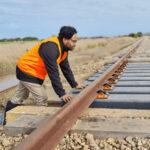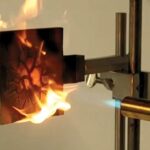Brødrene Aa will deliver the full-electric tourist boat Future of the Fjords in the first half of 2018. It is the sister ship of the renowned Vision of the Fjords, named Ship of the Year in 2016 and which has received much attention for its design. While Vision of the Fjords is a hybrid that switches between battery and diesel power, Future of the Fjords will sail the distance of 18 nautical miles between the villages Flåm and Gudvangen propelled by batteries alone. With its unique exterior design, this 42-meter-long sightseeing vessel will offer a front-row viewing space for all 400 passengers aboard. Future of the Fjords is powered by two 450 kW electric motors. The battery capacity is 1,900 kWh, requiring the possibility to charge 2.4 MW power at the quays of Flåm and Gudvangen, respectively. In order to reduce energy consumption and allow the ferry to travel on battery power the entire distance, Brødrene Aa needed to make it as light as possible. That is why both the hulls and the superstructure of this state-of-the-art catamaran are being constructed using lightweight carbon-fiber composite materials, resulting in a weight reduction of approximately 50 percent compared to traditional materials. In addition, the solution offers a great deal of construction freedom, allowing for a design that efficiently reduces waves and thus the impact erosion of the vulnerable shores of the Nærøyfjord. Diab has been working with Brødrene Aa since 1974 and together they have developed several fast-going ships in Divinycell FRP reinforced panels. As an early champion of carbon-fiber sandwich constructions, Brødrene Aa appreciates the reduced weight and the increased strength of the material. Compared to fiberglass sandwich and aluminum, carbon fiber provides four times the rigidity of fiberglass reinforcement, as well as two to three times the tensile strength.


